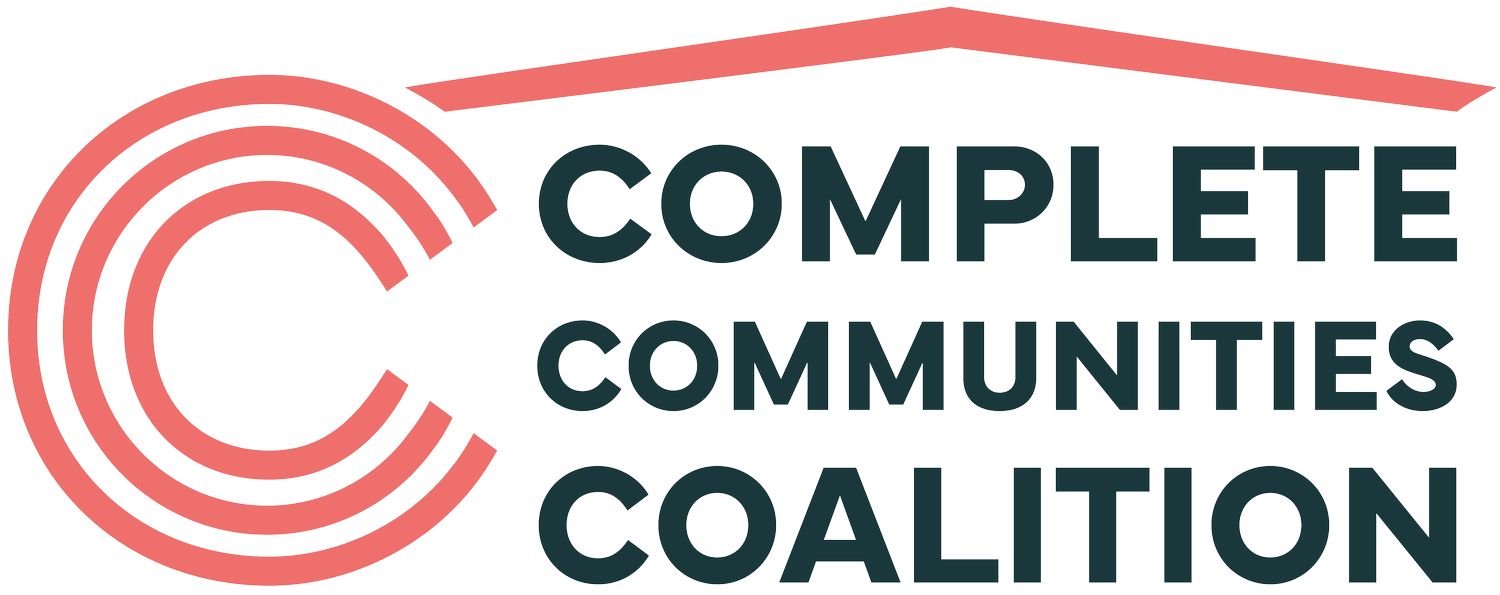What is the Comprehensive Plan?
The Comprehensive Plan is the fundamental planning document for the City of Seattle. Once a decade, the state’s Growth Management Act requires us to decide where new housing, transportation, and businesses will go.
Seattle's current Comprehensive Plan is based on the “Urban Village” strategy. This concentrates growth in designated urban centers and villages, aiming to create dense, walkable communities with access to transit, services, and amenities.
While this approach has fostered vibrant neighborhoods, it has also limited new housing in vast areas of the city, contributing to our housing shortage, worsened affordability, and displacement. It has also perpetuated economic and racial inequities.
The current update of the Comprehensive Plan is a critical opportunity for Seattle to evolve this strategy. By allowing more housing in existing neighborhood residential areas, the city can increase housing supply, promote inclusivity, and support the creation of diverse, complete communities across Seattle.
Current Seattle Comprehensive Plan Future Land Use Map
Frequently Asked Questions
-
This comprehensive plan update is a rare opportunity to make Seattle’s blueprint for growth one that works for everyone: equitable, affordable, vibrant and green. Past comprehensive plans have focused growth and change in limited areas of the city, leading to the current housing crisis we have in our region. The 2024 Comprehensive Plan Update is an opportunity to change our blueprint so we can create the housing, good jobs, and healthy environment--the quality of life--residents want!
-
Housing is expensive in Seattle because we don’t have enough of it. For decades, job growth has outpaced housing growth, leading to a shortage of homes across the income spectrum. This means that wealthier people are able to bid up the cost of housing, contributing to the housing and homelessness crisis we have today. Housing options like fourplexes, townhomes, stacked flats, and mid rise apartments cost less to build. Building more homes throughout all of Seattle’s neighborhoods is an opportunity to address our housing shortage, make our city more affordable for everyone, and grow our tax base.
-
Seattle’s “urban village strategy” has historically limited new housing in single family areas, as part of a legacy of exclusionary zoning that has reinforced economic and social segregation. Many traditionally single-family neighborhoods are located in desirable areas with access to transit, good schools, parks, and other amenities. By allowing a greater diversity of housing types in these neighborhoods, more people can access these opportunities, and we can create a more equitable and inclusive community.
-
Displacement is a major issue. The displacement we have seen over the past few decades is tragic. It is driven by the fact that Seattle doesn’t have enough homes for the people who want to live here–and low income people and communities of color bear the biggest brunt of displacement pressures.
Only allowing redevelopment of existing multifamily and commercial areas will continue concentrating physical displacement pressures on lower-cost rental homes and neighborhood businesses. By providing more housing options in other areas of the city, we will decrease displacement pressures now and into the future.
We also need to scale up equitable development by community-based organizations and nonprofits across the city. Examples like El Centro de la Raza’s Plaza Roberto Maestas, Africatown Plaza, and Habitat for Humanity's Capitol View demonstrate how affordable housing can reverse displacement and create community.
-
We don’t need to choose between protecting trees or developing housing; we can choose both. Development can bring new street trees into a neighborhood and the city’s tree ordinance requires that any lost trees be replaced. The most recent tree canopy study found more loss of trees in our parks and natural areas and that “most trees on residential land were likely lost due to reasons other than development.” Building denser and taller allows our scarce land to be used more efficiently.
-
Building more densely in cities helps to reduce suburban sprawl. By concentrating growth in urban centers, we can preserve more forests, farms, and natural habitats outside urban areas. Additionally, when people live closer to where they work, shop, and socialize, it’s more feasible for them to be able to walk, bike, or take transit for their daily needs. When they do need to use a car, they will drive shorter distances and less often. All of this means lower carbon emissions and less air pollution. Finally, denser housing like apartments and condos are often more energy-efficient than single-family homes because shared walls reduce heating and cooling needs. Overall, carbon emissions per person are roughly half as large in central Seattle compared to outlying suburbs.
-
By creating more complete communities, with a mix of housing, retail, businesses, and services, we can reduce car trips (and emissions) as more people live within walking distance of their daily needs. Concurrently, our transit system is expanding with more light rail, bus rapid transit and other non-car options for people to move around the region. Lastly, by adding more workforce housing in Seattle, people who work in Seattle won’t need to commute long distances to their jobs.
